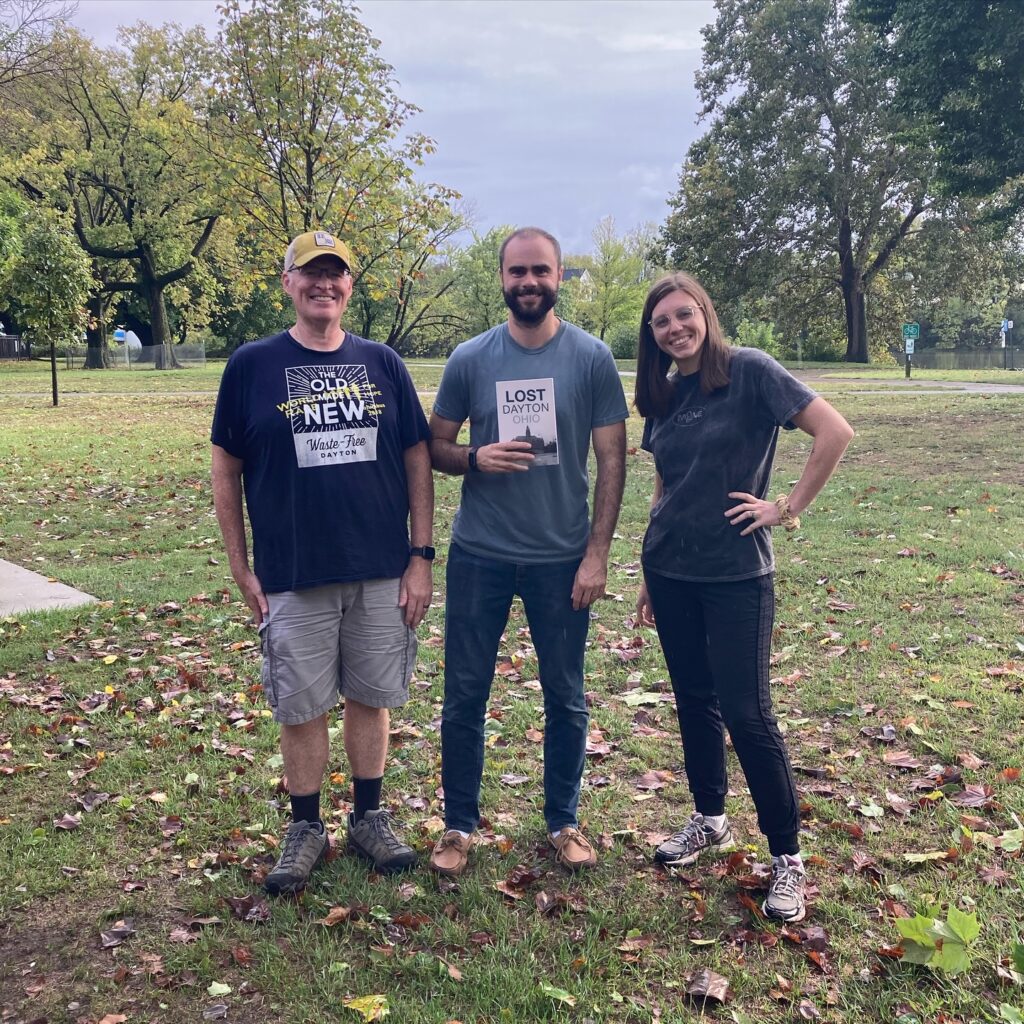
Last week I enjoyed the opportunity to give a short history talk at a meeting of the group Waste Free Dayton. It was great to meet their co-directors Natalie Warrick and Brett Bogan and the members in attendance. We also talked about the park’s connectivity to the regional trail network, as well as the importance of the upcoming Metroparks levy.
Waste Free Dayton’s mission is to “promote and implement solutions for a healthier and more sustainable future” and their activities include addressing plastic pollution, reducing food waste, and rejuvenating communities through litter pickup events, community gardens, tree planting, and other beautification efforts.
A few highlights of Island Park history that came up in my research:
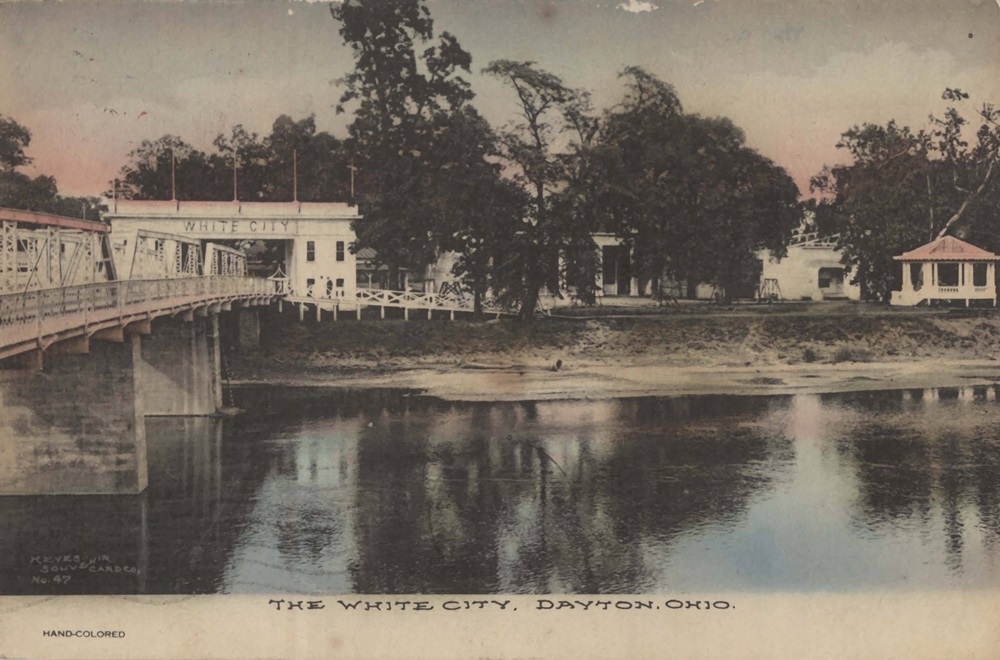
It was originally an amusement park called White City which opened in the late 1800s. This was one of many amusement parks in this era in Dayton, as streetcar companies often opened these attractions at the end of their lines in order to provide a reason for people to pay for a fare on the weekends.
Other amusement parks included Argonne Forest Park, today Possum Creek Metropark; Lakeside Park, near the VA medical center, and many more.
Here, a bridge connected the park at Helena Street to the Main St. line. And just a mile farther north on Main Street was Fairview Park, which caused this area north of downtown to be referred to as “one of Dayton’s playgrounds.”
White City had amusement rides, a dance pavilion, canoe lockers, a refreshment stand, and other recreation features. But it became run down by 1907, and the City of Dayton started leasing the land.
John H Patterson of NCR, who advocated widely for beautification, commissioned a report by the world renowned Olmstead Brothers for the city to buy and improve the site as part of a grand park system, but instead the Great Flood of 1913 wrecked White City.
Due to its location in the flood-prone area it initially wasn’t considered necessary to rebuild the bridge.
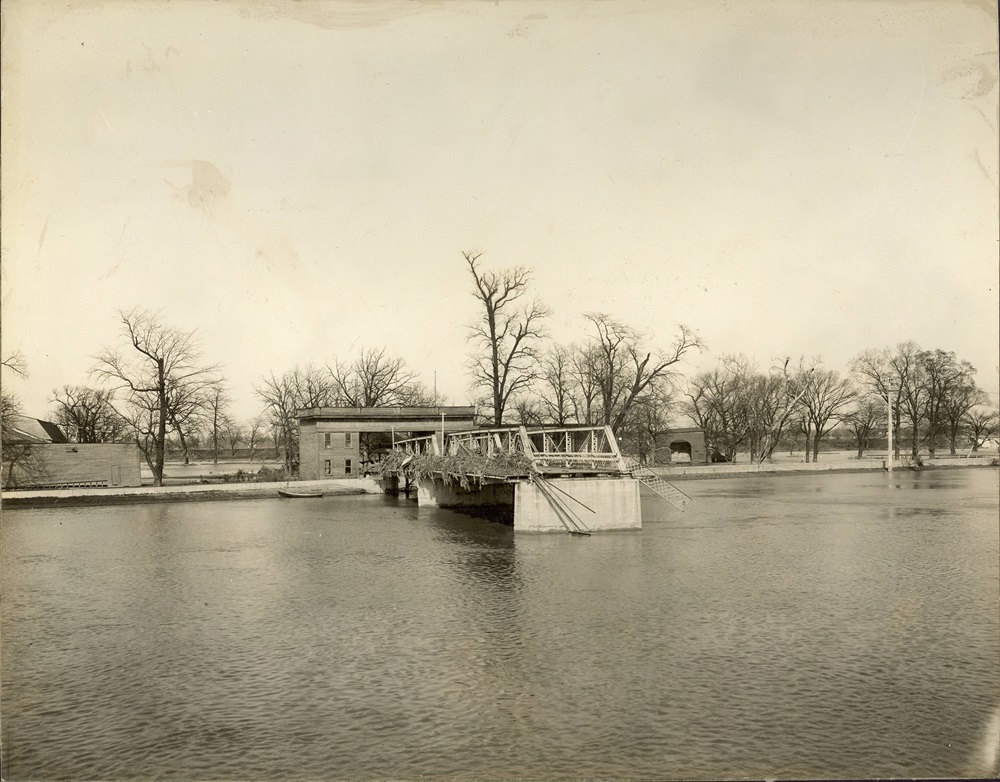
But in the summer of 1913, the Dayton Canoe Club held a series of regattas and ferried spectators across the river for free to watch. This proved popular and Dayton city officials eventually decided to rebuild the park.
On June 20, 1914, it formally opened as Island Park, which became a popular spot for bathing, picnicking, canoeing, boating, dancing, ice skating, water carnivals, evening band concerts, and general recreation.

By that time, the area across the Great Miami River had evolved from an essentially rural area to a burgeoning neighborhood in Riverdale, while to the east the land would become McCook Field, a key site for US military research and development.
In 1940, Dayton city leaders erected the art deco Leslie L. Diehl Band Shell as a Works Progress Administration project.

For decades a variety of concerts entertained huge numbers of Daytonians, and some 80,000 people attended concerts just in 1943. Later in the 1970s and 80s, Island Park was the home of large festivals like the Dayton River Festival which was held each year on Memorial Day weekend.
Island became a Metropark in 1995 after a successful levy campaign in 1994, at the same time as Deeds Point, Wegerzyn, Wesleyan, and Van Cleve Park, which we know today as Riverscape. The band shell was restored that year, at which point they removed the rows of benches that had decayed over the years.
Today, Island Park is an excellent spot to view wildlife and connect with nature, and its playground and splash pad are also popular. But it is perhaps underutilized as an event space, so it was great that Waste Free Dayton selected it for their membership event, and I enjoyed being a part of it.
You can learn more about the park and its amenities here.
Historic images courtesy of Dayton Metro Library
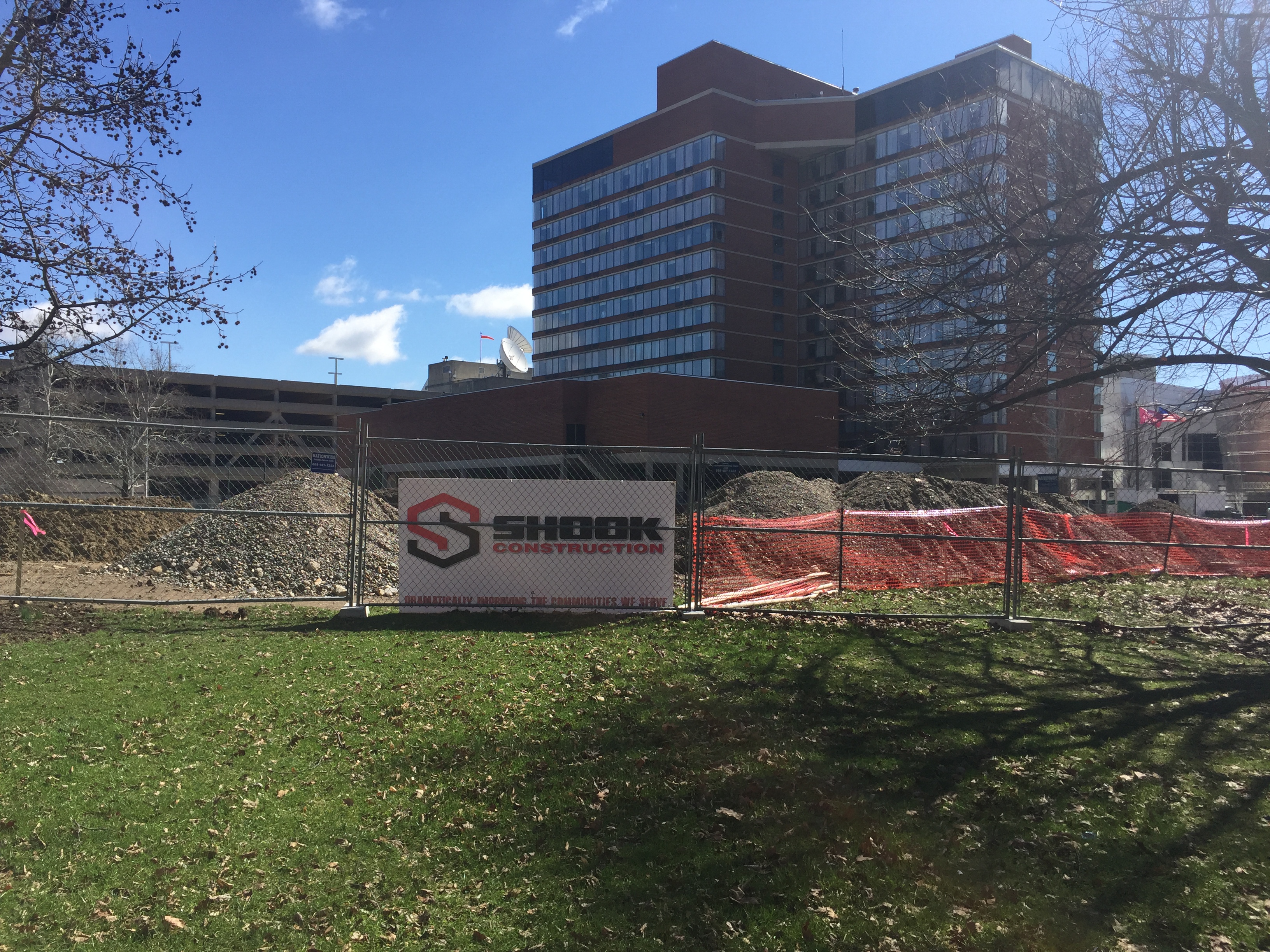
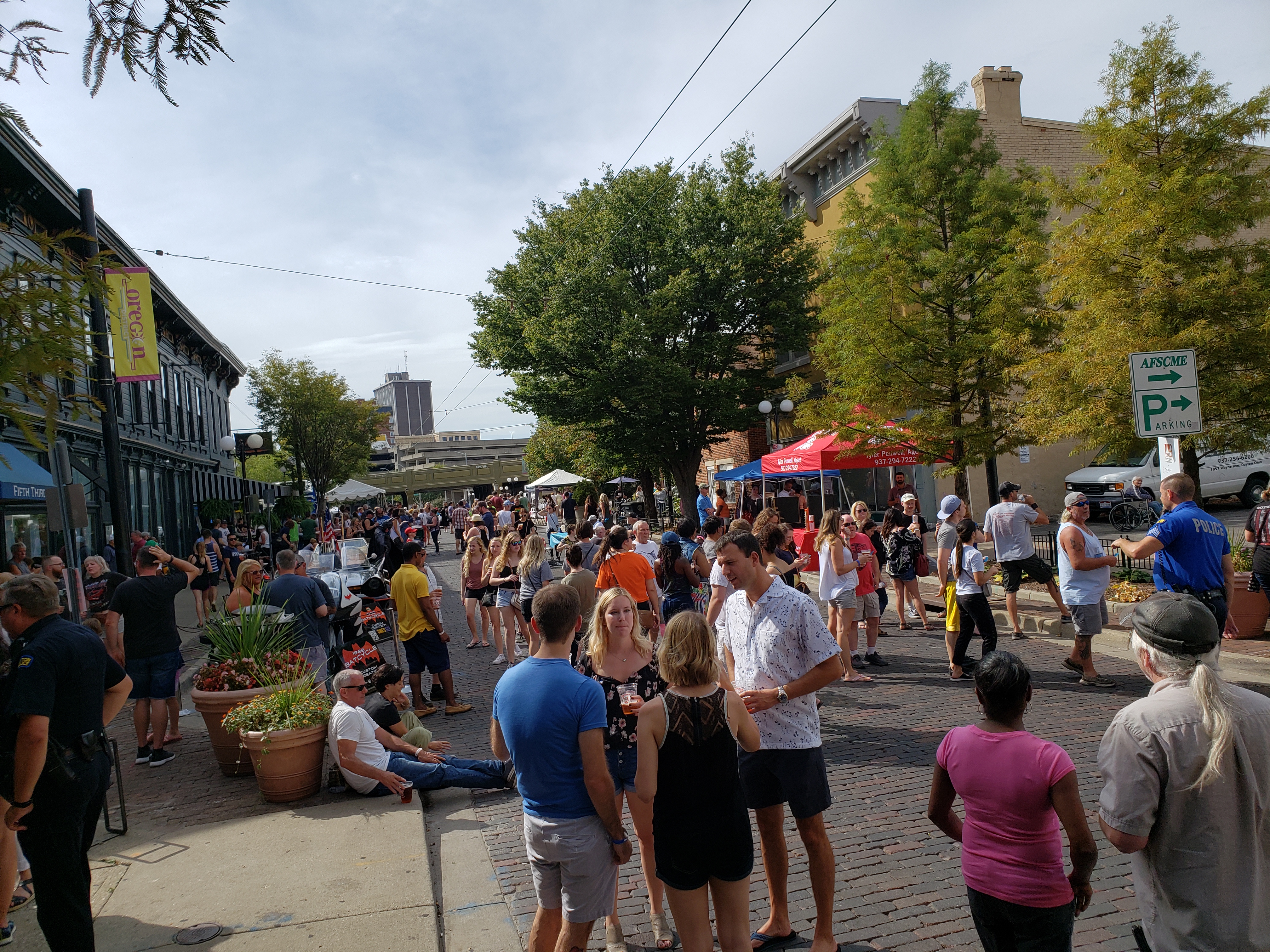

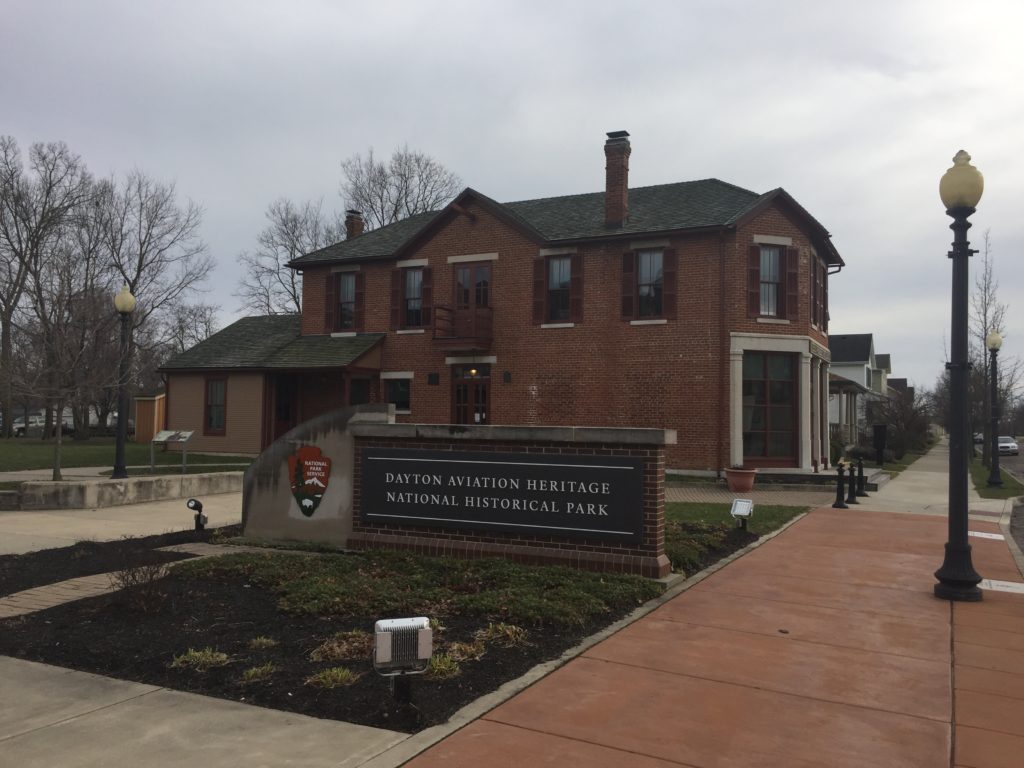
Leave a Reply